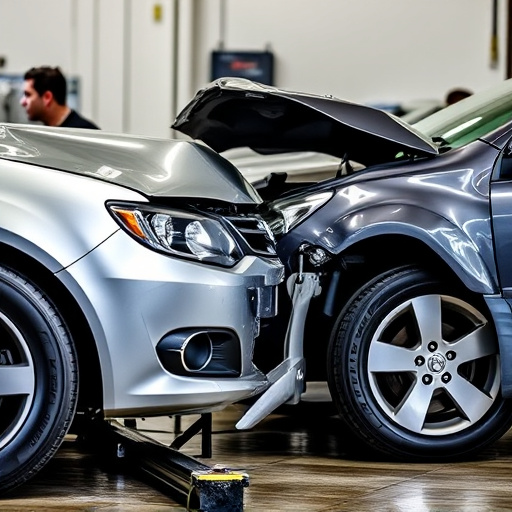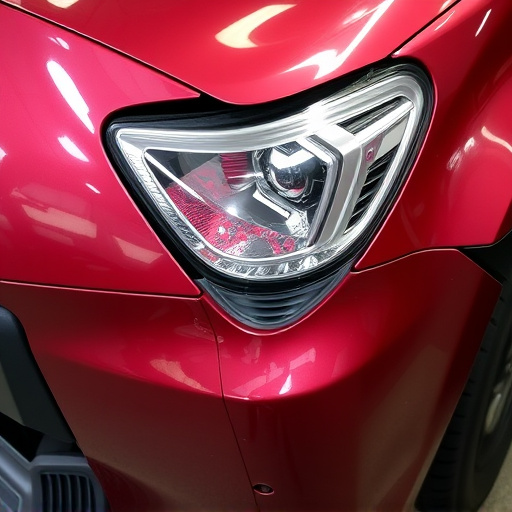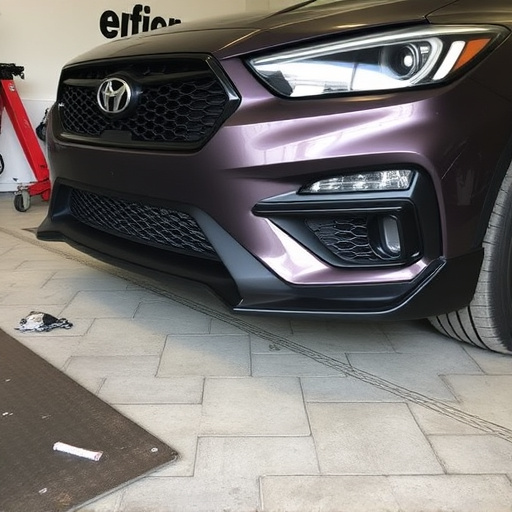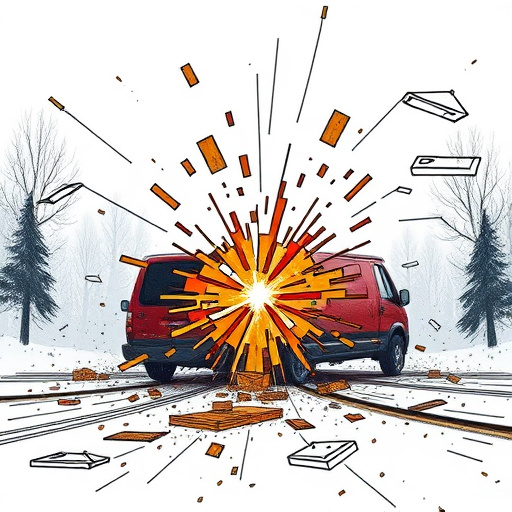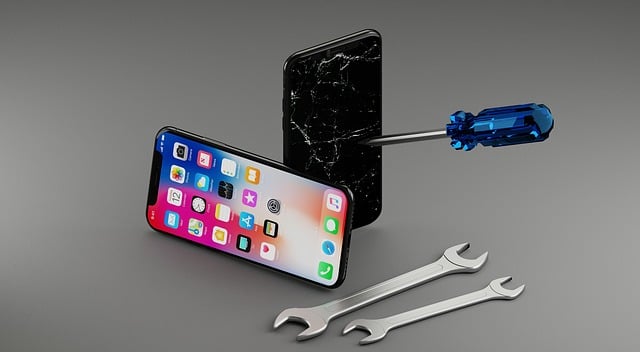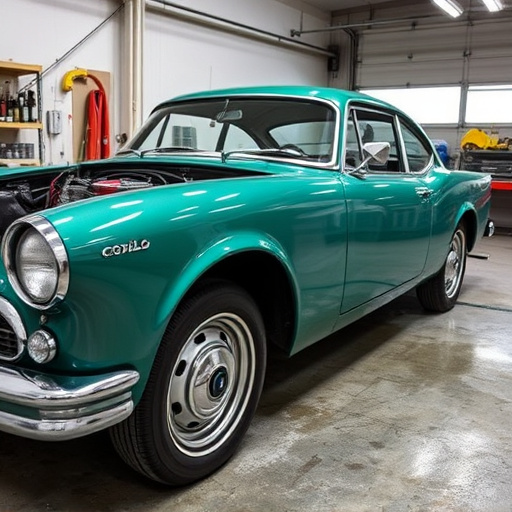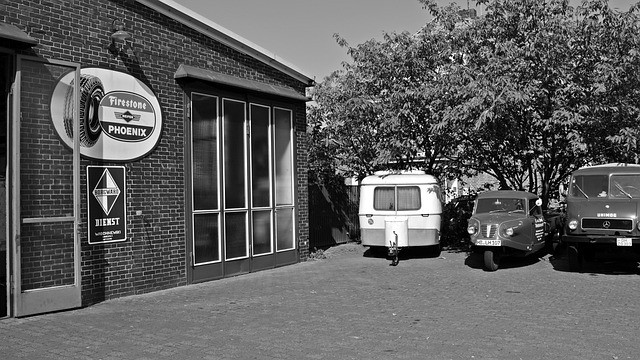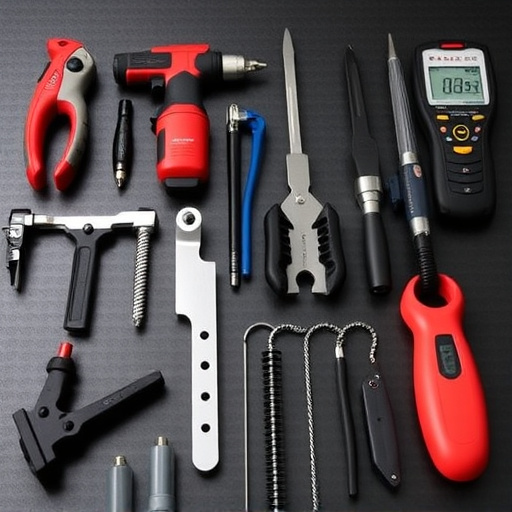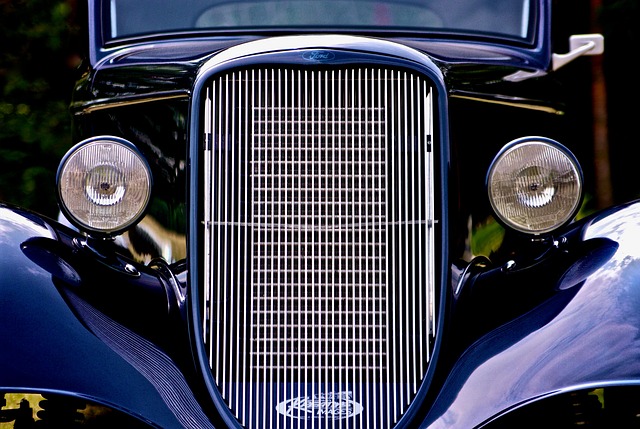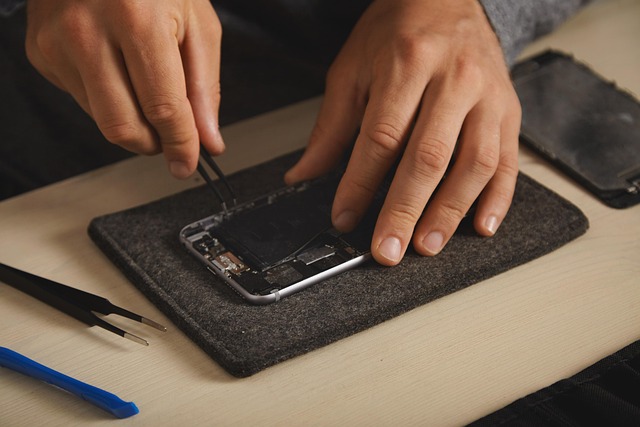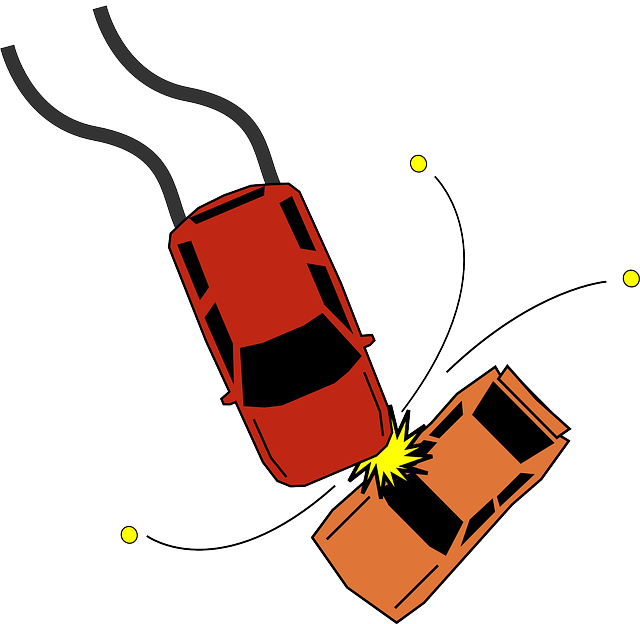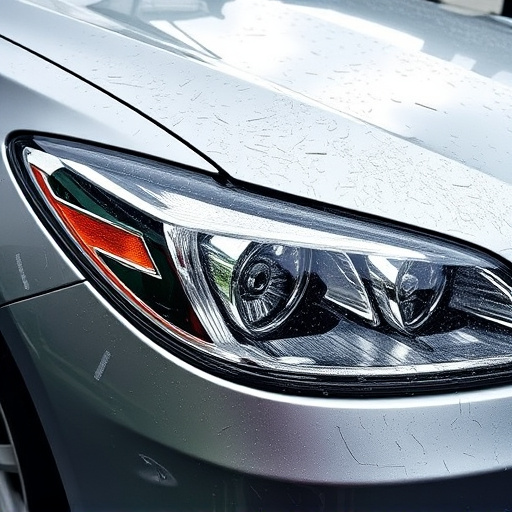Claim dispute resolution is essential for fair compensation after accidents or vehicle repairs like auto glass or collision work. It involves understanding your rights, gathering evidence (documents, estimates), reviewing insurance policies, and negotiating with providers. Beginners should avoid common mistakes like inadequate documentation and low settlements by keeping detailed records, seeking expert advice, and being patient and strategic. Effective claim dispute resolution ensures positive outcomes for vehicle owners.
“Dive into the world of claim dispute resolution with our comprehensive beginner’s guide. Understanding this process is crucial for navigating insurance claims efficiently. From ‘Understanding Claim Dispute Resolution: The Basics’ to a detailed ‘Step-by-Step Guide’, we demystify each phase. Learn from common mistakes and discover best practices for success. Empower yourself with knowledge – the key to resolving disputes smoothly and effectively. Explore our guide today for insightful tips on claim dispute resolution.”
- Understanding Claim Dispute Resolution: The Basics
- Navigating the Process: Step-by-Step Guide for Beginners
- Common Mistakes to Avoid and Best Practices for Success
Understanding Claim Dispute Resolution: The Basics
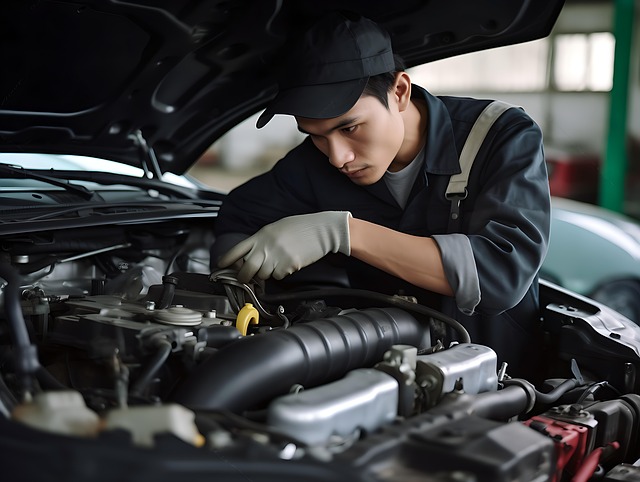
Claim dispute resolution is a crucial process for anyone involved in an accident or requiring vehicle repair services, such as auto glass repair or automotive collision repair. It’s designed to ensure fairness and accuracy when it comes to compensating individuals for their losses, whether that’s damage to personal property like vehicles (including their parts and labor) or other forms of financial hardship resulting from an incident. The process involves several key steps: identifying the dispute, gathering evidence, negotiating a resolution, and if necessary, taking the matter to court.
Understanding the basics of claim dispute resolution is essential for navigating this often complex landscape. For instance, when dealing with vehicle repair services, it’s important to know your rights and responsibilities. This includes ensuring that all repairs are carried out to a high standard and that any disagreements about the cost or quality of work can be addressed through a structured dispute resolution process. By familiarizing yourself with these fundamentals, you’ll be better equipped to protect your interests should an issue arise with auto glass repair, automotive collision repair, or other related services.
Navigating the Process: Step-by-Step Guide for Beginners
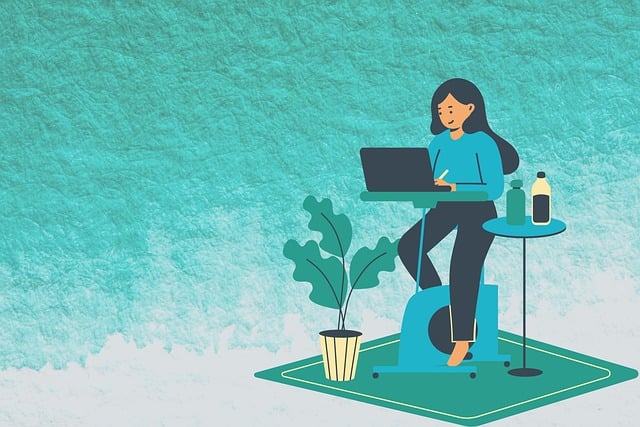
Navigating a claim dispute resolution process can seem daunting for beginners, but with a clear step-by-step approach, it becomes manageable. The initial phase involves gathering all relevant information and documentation related to your claim. This includes proof of purchase, repair estimates from different providers, and any communication records with the insurer or other parties involved. Organising these documents efficiently will streamline the entire process.
Next, carefully review your insurance policy to understand the specific terms, conditions, and dispute resolution clauses. Identify who is responsible for initiating the dispute—you or your insurance company—and follow their prescribed procedures. For instance, if you’re dealing with car bodywork services or auto frame repair disputes, ensure you have all necessary reports and quotes from reputable repair shops. This step-by-step guide ensures a structured approach to resolving any claim dispute, whether it’s for car restoration or other types of repairs.
Common Mistakes to Avoid and Best Practices for Success

When navigating claim dispute resolution, whether for a car bodywork or auto collision repair claim, beginners often stumble upon several common mistakes. One of the biggest pitfalls is failing to document all damages thoroughly and accurately. This includes not only visible repairs like bumper repair but also less obvious issues that may impact vehicle functionality. Additionally, rushing into accepting an initial settlement offer without proper evaluation can be disastrous, as it may leave you with inadequate compensation for the auto collision repair costs.
Best practices for success in claim dispute resolution emphasize patience and persistence. Keep detailed records of all communications with insurance providers and maintain a comprehensive collection of receipts and invoices related to repairs, including bumper repair and other car bodywork services. Always seek professional advice from experts who specialize in this field. By staying informed, organized, and strategic in your approach, you’ll be better equipped to achieve favorable outcomes for your claim dispute resolution efforts.
Claim dispute resolution is a vital process that enables individuals and businesses to find fair resolutions when disagreements arise. By understanding the basics, following a structured guide, and adopting best practices, beginners can effectively navigate this process. Armed with knowledge and awareness of common pitfalls, you’re better equipped to protect your interests and achieve successful outcomes in claim dispute resolution.
